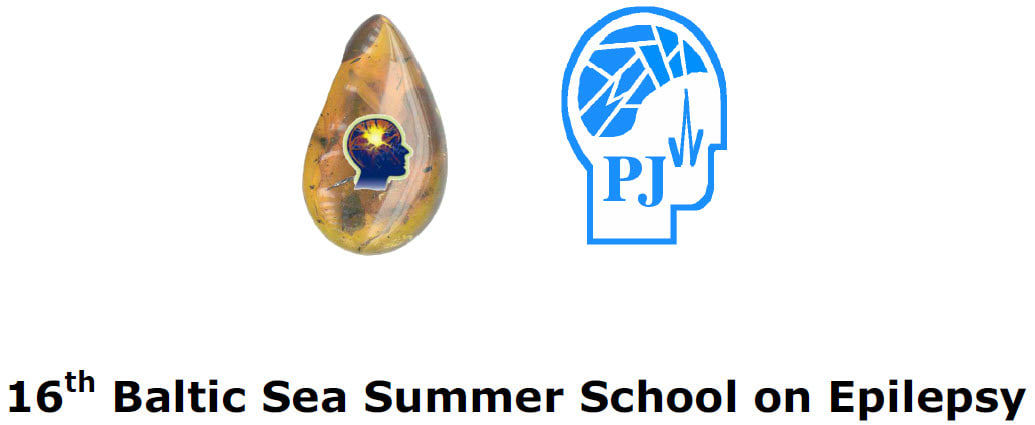
16th Baltic Sea Summer School on Epilepsy
Online
4 - 19 October 2023
ILAE Curriculum Learning Objectives addressed by this course
- 1.1.1 Describe the major etiologies for epilepsy (i.e. structural, genetic, infectious, metabolic, immune, and neurodegenerative) (L1)
- 1.1.2 Describe the common structural etiologies
- 1.1.3 Describe the common genetic causes of epilepsy
- 1.1.4 Describe the common infectious causes of epilepsy, including geographical impacts (e.g. bacterial, fungal, viral, parasites) (L2)
- 1.1.5 Describe the common metabolic causes of epilepsy
- 1.1.6 Describe the common immune causes of epilepsy
- 1.1.7 Describe the common neurodegenerative causes of epilepsy
- 1.3.2 Extract semiology information from patient history
- 1.3.4 Interpret semiological signs and symptoms allowing hypotheses on the localization of focal seizures
- 1.4.8 Recognize and distinguish artifacts and normal variants from abnormal EEG patterns, and take actions necessary for eliminating artifacts (L2)
- 1.4.9 Recognize and describe interictal abnormalities (L2)
- 1.5.1 Recognize the spectrum of MRI sequences optimized for epilepsy (L2)
- 2.3.1 Communicate to patients and families as appropriate (L1)
- 2.3.2 Educate patients and family about the disease specifics (L2)
- 2.3.3 Educate caregivers about the clinical condition and its management (L2)
- 2.3.4 Educate workplace or school stakeholders concerning the patient's needs (L3)
- 2.3.5 Provide information to patients regarding potential adverse effects of antiepileptic drugs (L1)
- 2.3.6 Counsel patients and family regarding the risks and benefits of epilepsy surgery (L3)
- 3.1.1 Identify the spectrum of action for antiepileptic drugs (L1)
- 3.1.2 Demonstrate knowledge of pharmacokinetics and pharmacodynamics (L1)
- 3.1.3 Demonstrate knowledge regarding the adverse effects of antiepileptic drugs (L1)
- 3.1.4 Demonstrate knowledge of appropriate monitoring of AES serum levels (L2)
- 3.1.5 Demonstrate knowledge about drug interactions (e.g. enzyme induction, etc.) for AED/AED and AED/concomitant medication
- 3.1.6 Demonstrate knowledge about treatment of psychiatric and cognitive comorbidities in children and adults (L3)
- 5.2.1 Appropriately diagnose all types of convulsive status epilepticus (L1)
- 5.2.2 Appropriately diagnose all types of nonconvulsive status epilepticus including EEG interpretations
- 6.1.4 Demonstrate the ability to recognize and manage the special needs of persons with epilepsy (L3)
- 7.4.1 Demonstrate knowledge of bidirectional relationship between epilepsy and psychiatric comorbidities (L3)
Subscribe to the ILAE Newsletter
To subscribe, please click on the button below.
Please send me information about ILAE activities and other
information of interest to the epilepsy community